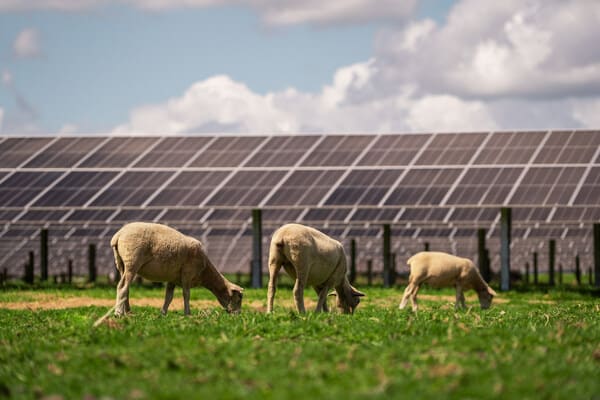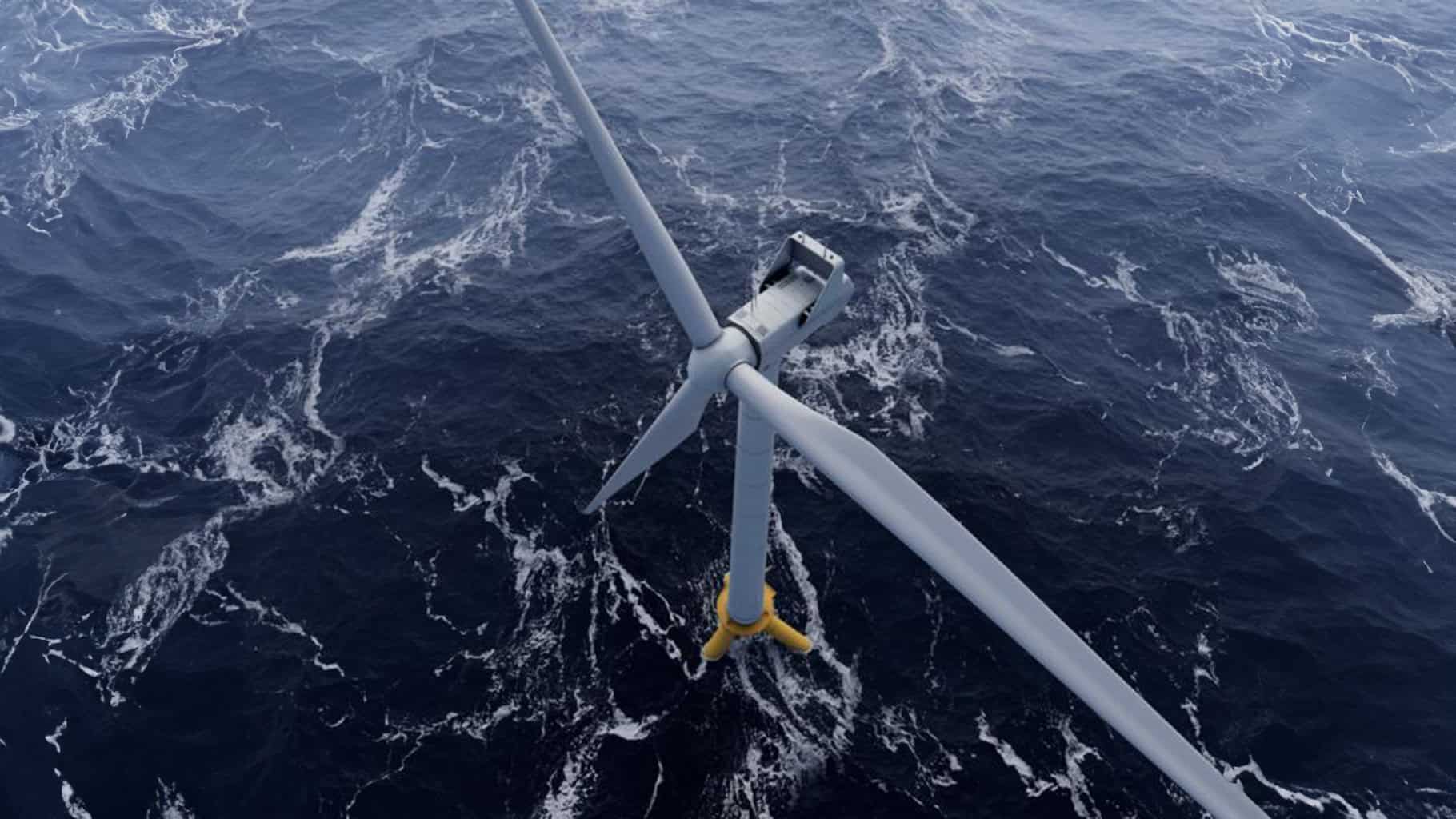Enhancing the U.S. Electrical Grid: The GRIP Program
Overview of the GRIP Program
The U.S. Department of Energy (DOE) recently announced a substantial investment in the nation's electrical grid. Under the Grid Resilience and Innovation Partnerships (GRIP) program, approximately $3.5 billion in grants will be allocated to support 58 projects across 44 states. This funding, combined with private and local investments, is expected to contribute to a total of $8 billion in efforts to strengthen and expand the U.S. electric system.
Energy Secretary Jennifer Granholm has described this initiative as "the largest ever investment in America's grid." The plan includes future GRIP funding that promises to inject billions more into the grid infrastructure.
GRIP Awards and Their Impact
The grants range widely, with the smallest being around $1 million for smart grid projects in specific cities and the largest at $464 million for developing transmission projects across seven Midwest states.
Addressing the Aging Grid
DOE officials point out that the current grid system, with over half of its transmission lines and power transformers installed before 1970, is increasingly vulnerable to the effects of the climate crisis. The GRIP program, supported by the bipartisan infrastructure law, provides the DOE's Grid Deployment Office with $10.5 billion to enhance the grid's flexibility, efficiency, and reliability.
The Community-Centric Approach
A significant aspect of the GRIP program is its focus on community engagement. All awards come with Community Benefit Agreements, which ensure local benefits in exchange for project support. This approach marks a shift from traditional grid upgrade processes, which often lacked substantial community involvement.
The Justice40 Initiative
The Justice40 initiative, endorsed by President Biden, aims to ensure that 40% of the benefits from certain national investments reach marginalized, underserved communities affected by pollution. This principle is a key driver in the GRIP program, promoting equitable distribution of resources and benefits.
The Largest GRIP Award
The most substantial award under GRIP will facilitate the Joint Targeted Interconnection Queue (JTIQ) portfolio. This involves five transmission projects in seven Western states, benefiting the Southwest Power Pool and Midcontinent Independent System Operator territories. These projects are expected to overcome regional challenges in clean energy development, providing interregional benefits like flexible transmission solutions and lower energy costs.
Utility Perspectives and Project Impacts
Utilities like Xcel Energy recognize the GRIP award as crucial for advancing transmission projects, especially in the northern U.S., where the integration of new wind and solar projects is hindered by existing capacity limitations and high upgrade costs.
Addressing Regional Energy Challenges
According to the Natural Resources Defense Council, the GRIP program is a vital step in increasing transmission capacity and regional connectivity, which is essential for incorporating more clean energy into the grid.
Focus on Resilience and Safety
Projects like the Line Hardening and Battery Microgrid, awarded $55 million to Entergy New Orleans, aim to enhance storm resilience in local grids. This funding helps offset costs for customers, ensuring a more robust and reliable energy infrastructure.
Wildfire Mitigation Efforts
Nearly $100 million was sought by the National Rural Electric Cooperative Association and a group of 39 cooperatives to strengthen grid reliability and mitigate wildfire risks. These projects hold significant potential for local community development and safety.
Conclusion
The GRIP program represents a major leap forward in modernizing America's electrical grid, emphasizing community involvement, climate resilience, and the integration of renewable energy sources. With substantial funding and a focus on equitable benefits, it sets a new standard for national energy infrastructure projects.









